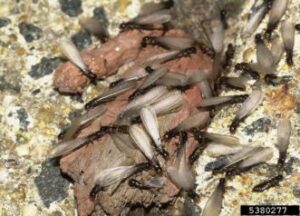
Termite Swarmers
This article was written by Gail Griffin, Extension Master Gardener Volunteer with North Carolina Cooperative Extension in Lee County. When …



Lee County Center will be closed tomorrow, Tue 11/11/2025 for the holiday.
El inglés es el idioma de control de esta página. En la medida en que haya algún conflicto entre la traducción al inglés y la traducción, el inglés prevalece.
Al hacer clic en el enlace de traducción se activa un servicio de traducción gratuito para convertir la página al español. Al igual que con cualquier traducción por Internet, la conversión no es sensible al contexto y puede que no traduzca el texto en su significado original. NC State Extension no garantiza la exactitud del texto traducido. Por favor, tenga en cuenta que algunas aplicaciones y/o servicios pueden no funcionar como se espera cuando se traducen.
Inglês é o idioma de controle desta página. Na medida que haja algum conflito entre o texto original em Inglês e a tradução, o Inglês prevalece.
Ao clicar no link de tradução, um serviço gratuito de tradução será ativado para converter a página para o Português. Como em qualquer tradução pela internet, a conversão não é sensivel ao contexto e pode não ocorrer a tradução para o significado orginal. O serviço de Extensão da Carolina do Norte (NC State Extension) não garante a exatidão do texto traduzido. Por favor, observe que algumas funções ou serviços podem não funcionar como esperado após a tradução.
English is the controlling language of this page. To the extent there is any conflict between the English text and the translation, English controls.
Clicking on the translation link activates a free translation service to convert the page to Spanish. As with any Internet translation, the conversion is not context-sensitive and may not translate the text to its original meaning. NC State Extension does not guarantee the accuracy of the translated text. Please note that some applications and/or services may not function as expected when translated.
Collapse ▲
This article was written by Gail Griffin, Extension Master Gardener Volunteer with North Carolina Cooperative Extension in Lee County. When …
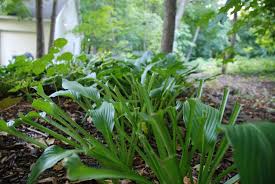
This article was written by Gail Griffin, Extension Master Gardener Volunteer with North Carolina Cooperative Extension in Lee County. First …

This article was written by Gail Griffin, Extension Master Gardener Volunteer with North Carolina Cooperative Extension in Lee County. To …
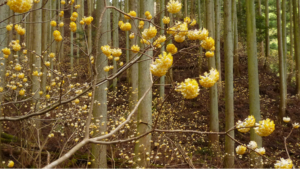
This article was written by Gail Griffin, Extension Master Gardener Volunteer with North Carolina Cooperative Extension in Lee County. You …
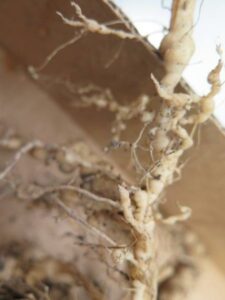
This article was written by Gail Griffin, Extension Master Gardener Volunteer with North Carolina Cooperative Extension in Lee County. Sounds …
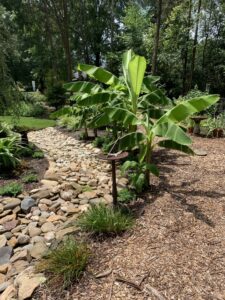
This article was written by Gail Griffin, Extension Master Gardener Volunteer with North Carolina Cooperative Extension in Lee County. If …
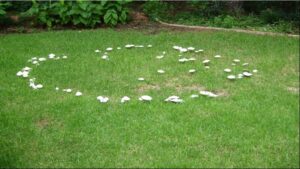
This article was written by Gail Griffin, Extension Master Gardener Volunteer in Lee County. Did the fairies come and dance …
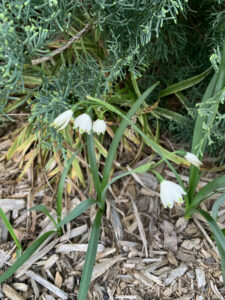
Sometimes a name just fits, doesn’t it? Snowdrop, Galanthus nivalis, is a small perennial bulb that blooms in late …

Our houseplants are all back inside for the winter, or we’ve already lost them to the cold. Been there, …
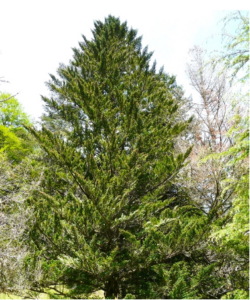
Outdoor tree decorating for the holiday season that lasts all through the winter season and looks just as nice …
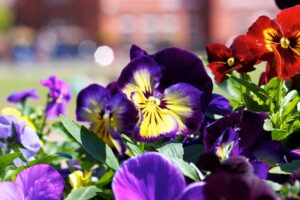
How fortunate are we to live in a place where we can grow plants with the ability to bloom …
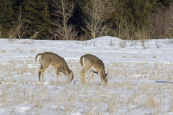
It’s starting to feel a bit like spring. There are still glints from frost crystals in the morning sunrise, …
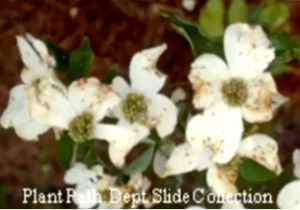
Pathogens survive the winter mostly in the soil. Generally the survivors are root and crown pathogens such as the …
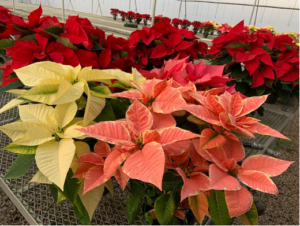
Although the Christmas merchandise seemed to pop out around Halloween this year, the colorful and natural living reminders of …
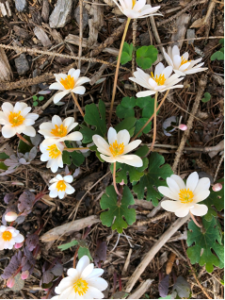
After the holidays come and go, we will all need something beautiful and inspiring to look forward to. Belonging …
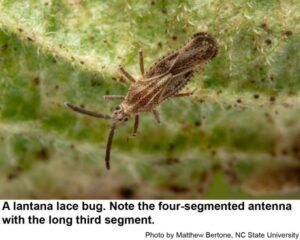
This article was written by Gail Griffin, Extension Master Gardener Volunteer with North Carolina Cooperative Extension in Lee County. Just …
We get busy, especially at this time of year with the start of the holidays. It can be overwhelming …
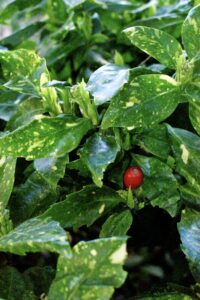
Ah! Sweet Autumn is finally here. It is the season between summer, also known as Hell’s Front Porch, and …
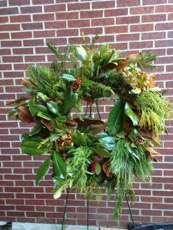
“Make your own fresh and fragrant holiday wreath with Horticulture Agent, Minda Daughtry and the Extension Master Gardeners of Lee …
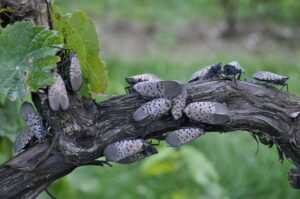
We received word from Virginia late last week that the Spotted Lanternfly now has an established population in Carroll …

Black root rot impacts a range of woody and herbaceous ornamental plant species primarily in …
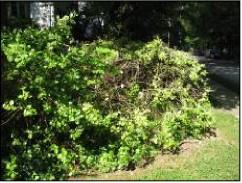
This Entomology Insect Note discusses how to identify and manage common armored scale insects that …

This factsheet describes the biology of the maskell scale, Lepidosaphes maskelli, and provides residential management …
This guide is designed to help turf managers identify the major turfgrass pests found in …
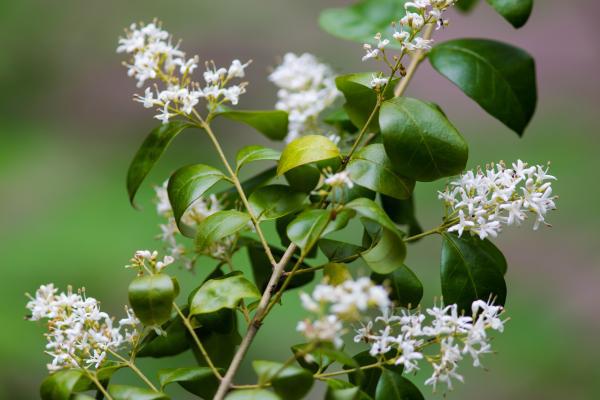
This native plants chapter of the Extension Gardener Handbook defines the term native, why gardeners …

This field guide and linked resources provide information on basic insect identification, sampling methods, monitoring, …

This publication alerts prospective gardeners to some of the most common contaminants in urban soils, …

This factsheet describes the biology and disease control of Southern Blight in Herbaceous Ornamentals